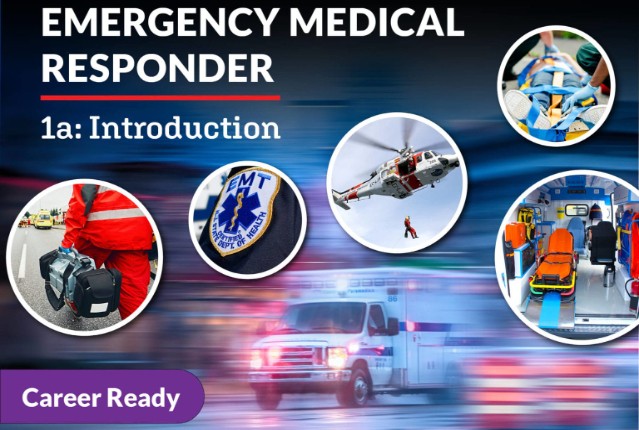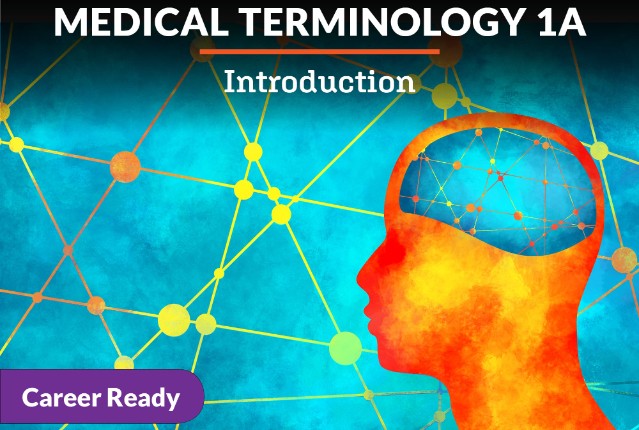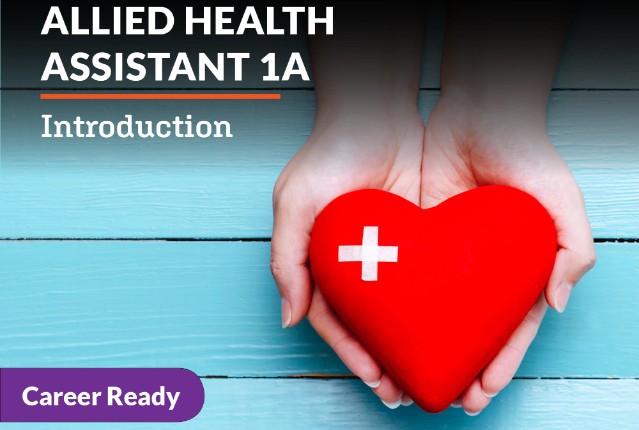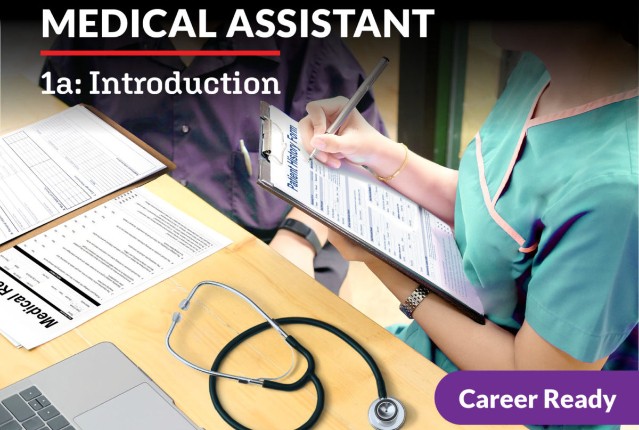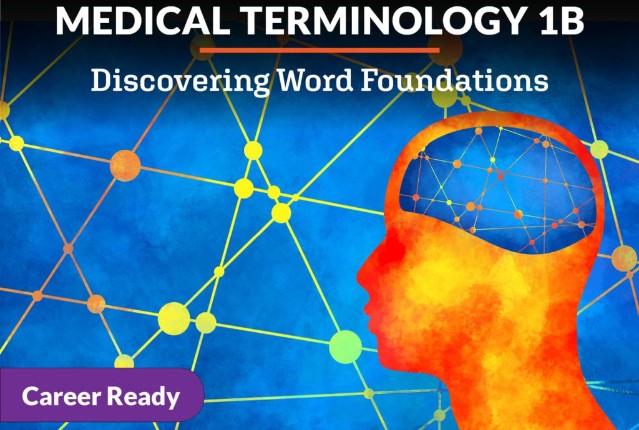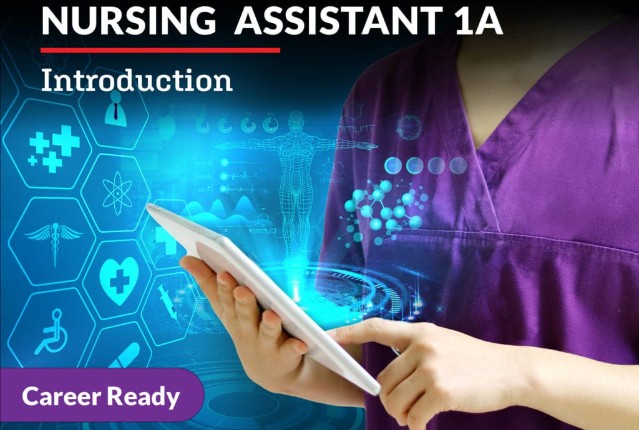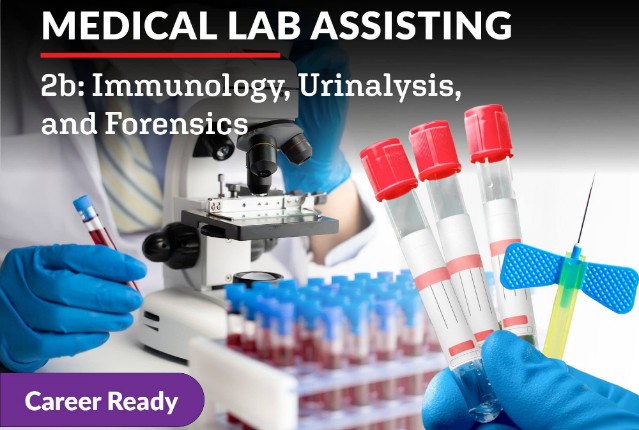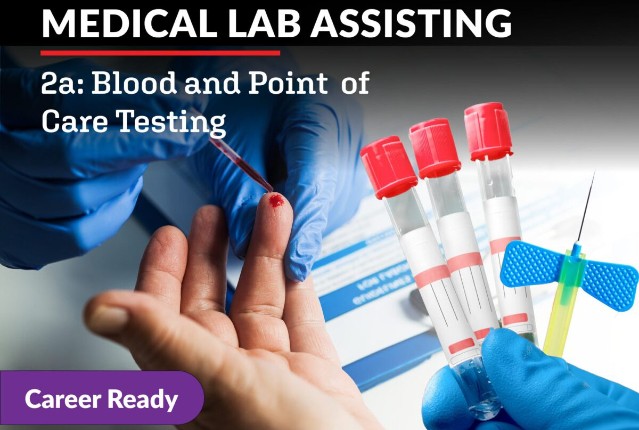
Medical Lab Assisting 2a: Blood and Point of Care Testing
It’s time to roll up your sleeves—and your patient’s sleeves, too— and dig into phlebotomy even deeper. In this course, you will explore advanced phlebotomy techniques, blood disease pathology and testing procedures, and more about blood typing. You’ll build on your knowledge of blood cell behavior, counting, and clotting and all about the blood screening process from start to finish. You will also learn about lifespan considerations, troubleshoot issues common to the MLA, and expand your knowledge of point-of-care testing and reporting values. Now push those sleeves up high, and let’s get started!
Review course outlineAccess for a year
USD 299.00*
* Choose more courses to get a discount
